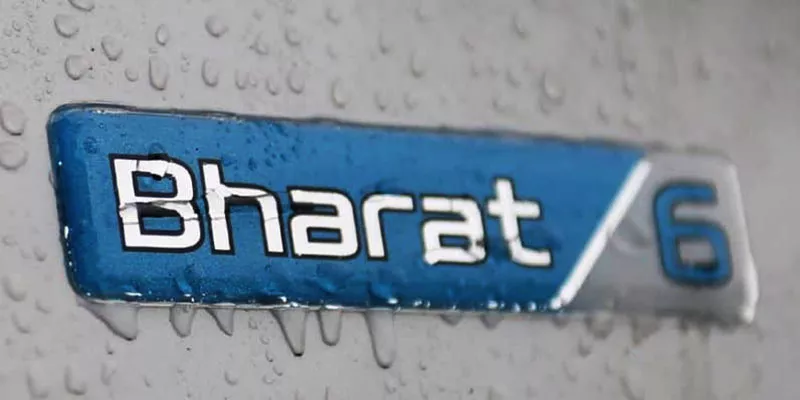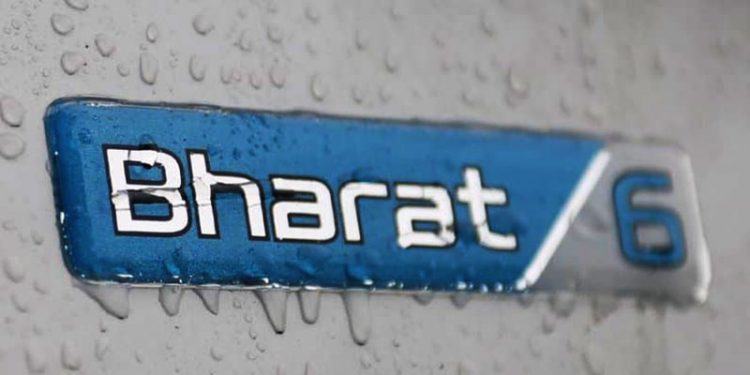The Indian Government has put forward a strict vehicular emission transition norm, BS6, which manufacturers need to adopt to starting April 2020 in order to control the pollution the country faces aligned with motor vehicles. While this is something that needed to see the light of day, it’s hard not to mention that the shift is going to take place rather quickly compared to how emission norms in the past have worked. The government’s decision to skip BS5 will result in BS4 lasting a mere 3 years, after its introduction in 2017.

The reason for the government to enforce a stricter norm was something the auto industry had anticipated. To give you a perspective of what BS6 really is and what are its effects on motor vehicles, let’s take a look at how motor vehicles are responsible for emitting harmful gases.
Motor vehicles, diesel or petrol, burn fuel to produce gases. The most harmful of them are primarily produced by Diesel engines and BS6 is a norm enforced to control the production of these harmful gases by refining the combustion process which would result in better burning of fuel and better treatment of harmful gases before it’s let out to the environment.
The gases coming off exhausts include oxygen, nitrogen and water, but the harmful ones include carbon dioxide, nitrogen oxide, carbon monoxide, hydrocarbons, Sulphur dioxide and particulate matter (PM) or soot (generally emitted off Diesel engine exhausts). Generally, carbon monoxide is a result of unburnt or incomplete burning of fuel and Sulphur, which occurs naturally in crude oil from which petrol and diesel is refined, converts to Sulphur dioxide when it is combusted.
BS6 emission norms will ensure better treatment and filtration of these gases by adopting an advanced exhaust treatment system. But to comply to these norms, not only will the vehicle be equipped with better exhaust treatment systems, they also need to run a cleaner, better burning fuel to enhance the process.
Advanced exhaust treatment system here includes the introduction of NOx Traps (LNTs) and Selective catalytic Reduction (SCR) system, where SCR reduces the emission of nitrogen oxide by injecting a water-based urea into the exhaust flow, and LNT helps in filtering out NOx from the exhaust gases. Many diesel vehicles will also require to use DPF (Diesel particulate filters) to filter out particulate matter emitted off Diesel engines.
While these result in reducing and filtering harmful gases, BS6 fuel will see a reduction in Sulphur content from 50 mg/kg (BS4) to 10 mg/kg (BS6) which further helps in keeping the emission of Sulphur oxide in check.
This low Sulphur content in fuel helps in cleaner burning of fuel and lower emission of harmful gases, but contrary to loss of Sulphur content in the fuel – responsible for high energy content – will result in the decrease in power and efficiency of the machine which poses another challenge for auto makers to work around keeping the existing figures, if not increasing either one of the two factors to compensate for the loss. On a higher note, the introduction of NOx Traps, the SCR system and BS6 fuel will result in a reduction of NOx levels in petrol cars by 25% and a strong 70% in case of diesel vehicles.
What this means to a buyer is that with the addition of a few exhaust treatment systems and tweaks made to the engine to adhere to the norms, the overall cost of the vehicle will certainly go up. With experts estimating a price hike of 2% – 3% for petrol vehicles and as much as 8% – 10% in case of diesel vehicles.
Currently existing BS4 vehicles will also have to run on country wide available BS6 fuel, come April 2020. Technically, BS4 fuel should not pose any problem when used in a petrol engine but since Sulphur acts as a lubricant for fuel injectors in diesel vehicles, the low Sulphur content in BS6 fuel may result in lack of lubrication and some wear and tear in the long run.
On the other side, if BS6 engines are run off BS4 fuel, Diesel engines may require periodic checks in terms of NOx filters and regular top ups for better effect from the SCR systems, but it should not pose a major risk when used in BS6 Petrol engines.
With efforts from the government on implementing stricter emission norms in the future, the way these norms are carried out will change in the future. Evaluation of emissions are currently carried out using the Modified Indian Driving Cycle (MIDC) which involves all test runs to be examined in a closed environment. Come 2023, with the introduction of Real Driving Emissions, all the tests need to be carried out on open roads for a real-world test of emission norms.
This will allow the manufacturer to present emission calculations based on real life driving experiences and further incline towards the positives of manufacturing automotive which are friendlier than what they currently are. How well will manufacturers utilize technology to make necessary changes or if they will shift towards an electric future is what the country should look forward to.
You can add more to this story by commenting below.








